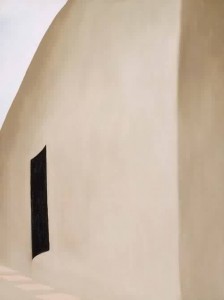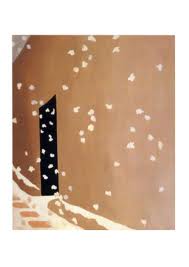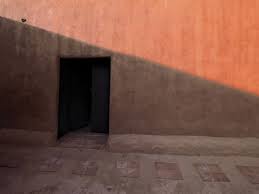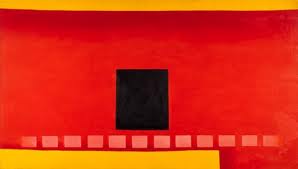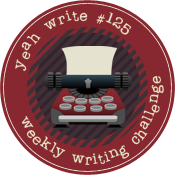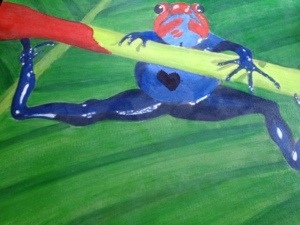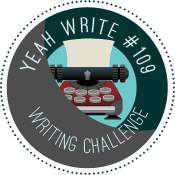Did you know that Georgia O’Keefe chose her home in Abiquiu, New Mexico, because she liked a door in its courtyard? She saw the door, and she knew she needed to paint it despite the house being in ruins. It took her years to buy the home and renovate it, but she finally did. And she painted her door many times, in all sorts of different ways.
I just finished reading Blink by Malcolm Gladwell. Have you read it? I liked it. He talks about the phenomenon of snap decisions, how they work, and their strengths and weaknesses. He briefly explains that our minds have a “locked door†between the conscious and unconscious. All the mechanics of our snap decisions lie behind the locked door of our minds, which he says, we can’t ever really know.
Not being able to know my own mind feels infuriating. Gladwell writes about a tennis coach, blessed with the ability to predict whenever a player will double fault a serve, who lies awake at night trying to figure out why he knows what he knows. Isn’t that just so true? I want to know how my mind works. I want to open my locked door, don’t you?
In his conclusion, Gladwell writes, “the key to good decision making is not knowledge. It is understanding. We are swimming in the former. We are desperately lacking in the latter.†Knowledge and understanding. Knowledge is an accessible set of facts, it’s what we find when we Google something, when we do our research. Understanding implies a relationship to that knowledge, a comprehension of it. Knowledge is easy to find, understanding takes time. Knowledge takes action, understanding takes patience.
I’m thinking of Georgia O’Keefe painting her courtyard door over and over again. Was she trying to create the perfect door? No. She was giving her unconscious a place to express itself. She was seeing what her door could produce. It’s true that we can’t ever know the mechanics lying behind our locked doors. Even the most intensive psychotherapy only offers the opportunity to watch ourselves and see what we do. What actions arise from our unconscious? Is there a pattern to the output? In the absence of facts – of knowledge – understanding comes from watching the door and seeing what we can create from it.

